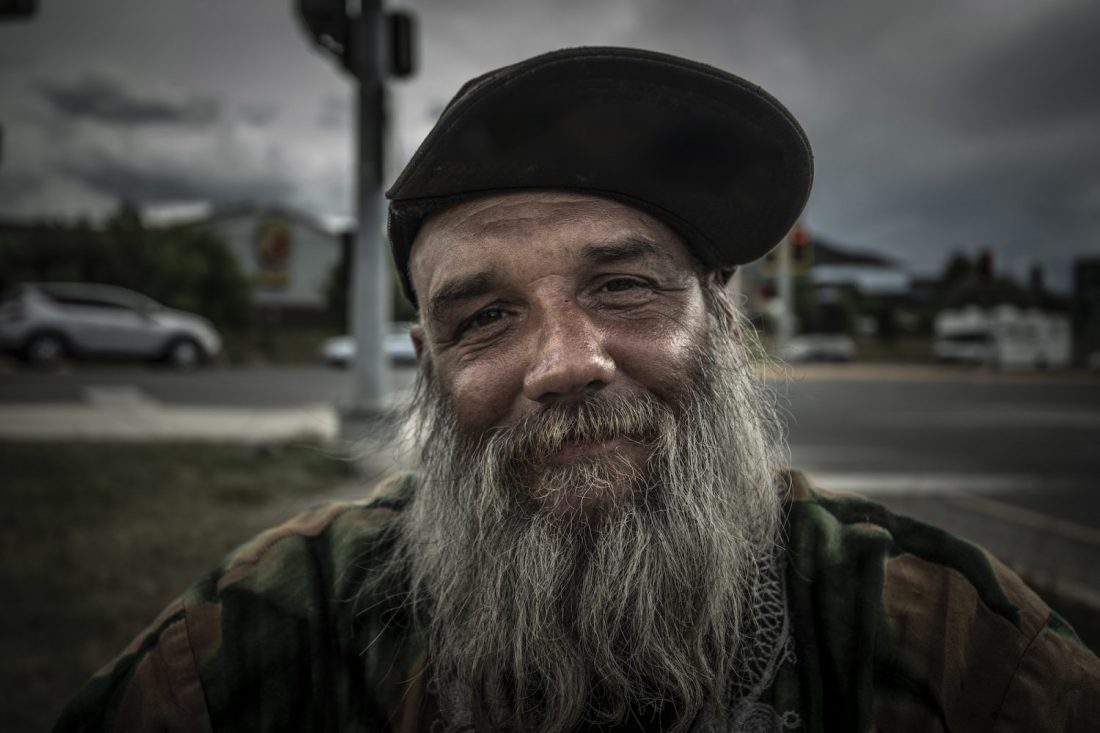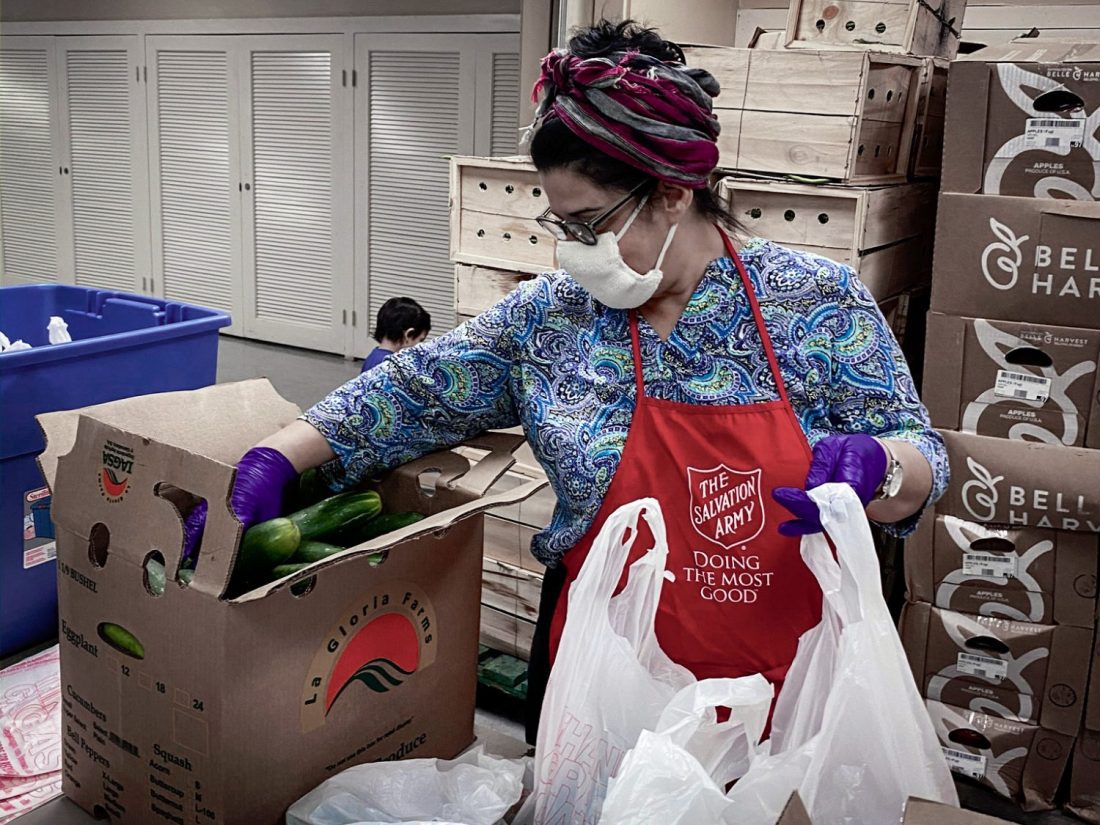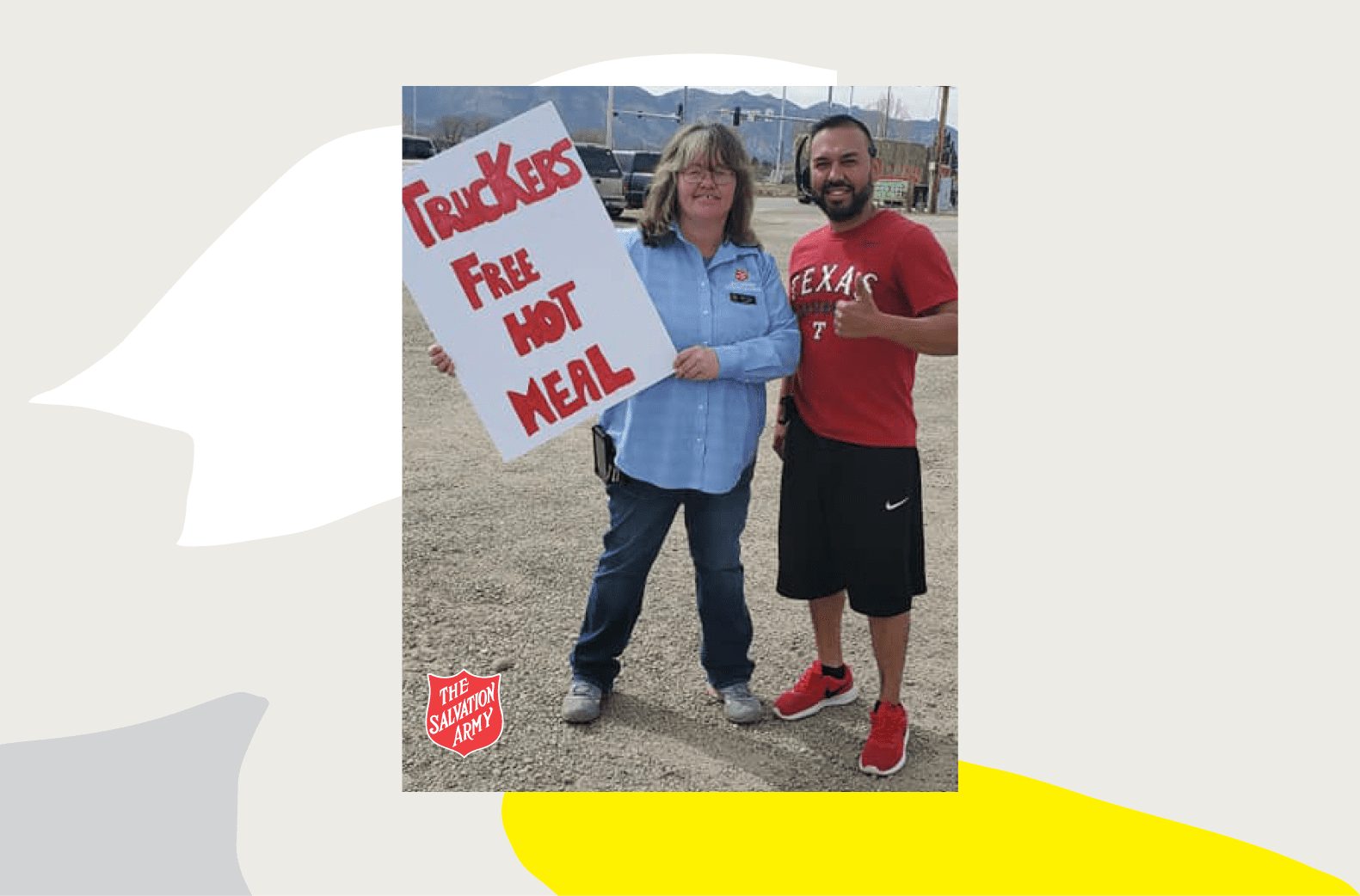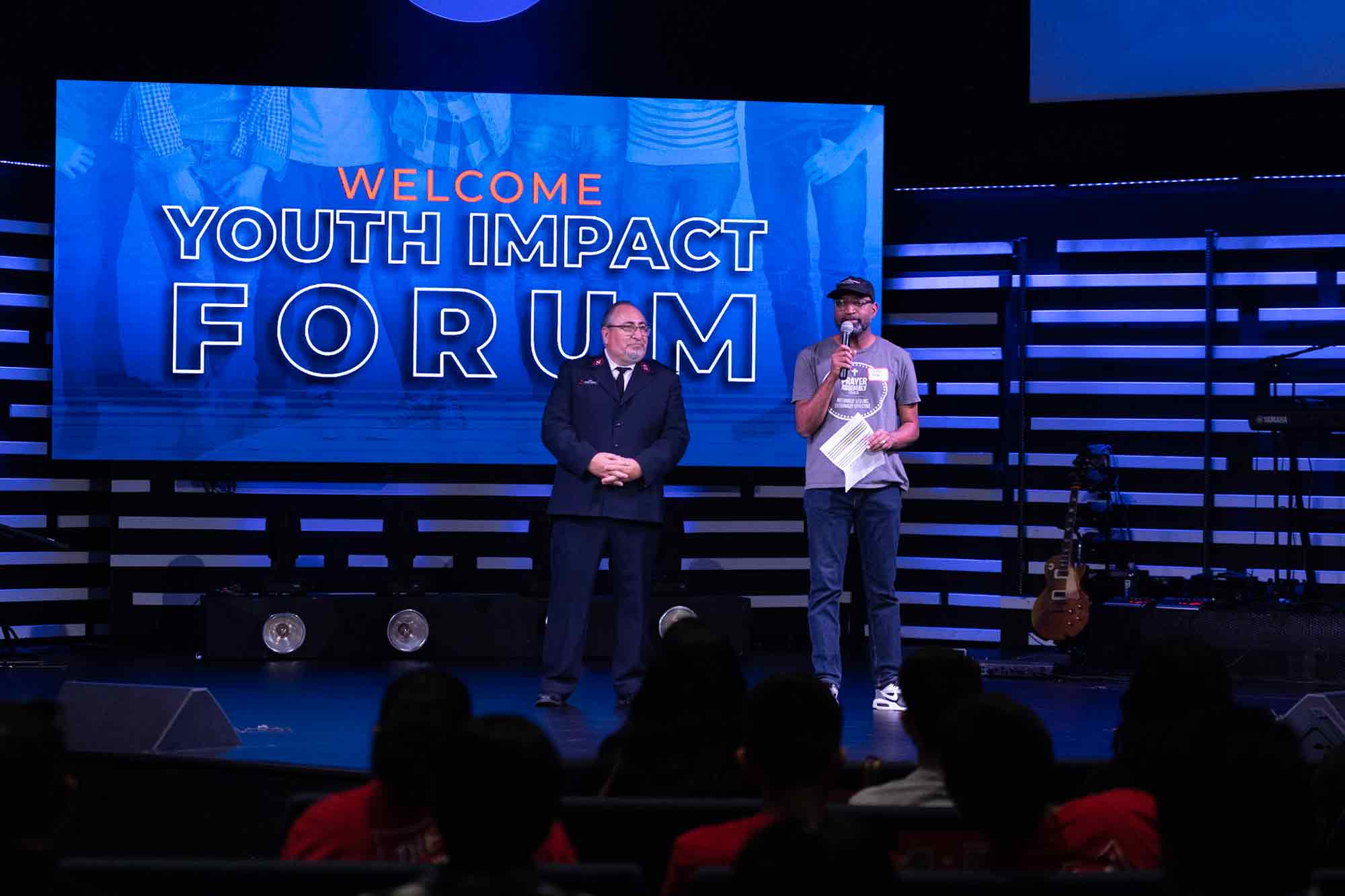The Salvation Army serves 23 million Americans a year in six key pillars of service in every zip code across the U.S. In the wake of the COVID-19 pandemic, The Salvation Army continues to serve in every respect—now more than ever.
While the Army houses the homeless, feeds the hungry, responds to disasters, serves kids and seniors, and helps people fight addiction, it does so with a mission to meet human needs in Christ’s name. Here’s a deeper look at one of those pillars of service—housing the homeless—and how The Salvation Army is helping in the wake of the coronavirus.
Across the U.S., The Salvation Army provides a safe place to sleep for nearly 30,000 people every night in its group homes, emergency shelters and transitional living centers. And in the Western U.S., The Salvation Army has committed to doubling its impact on homelessness.
Before the COVID-19 crisis, shelter was a critical area of need—according to the U.S. Department of Housing and Urban Development (HUD), more than 500,000 people experienced homelessness on a single night in 2018.
Now, during COVID-19, those experiencing homelessness are at an extreme risk of contracting—and spreading—the virus. While Americans are sheltering at home, those whose homes are on the street lack opportunities for proper hygiene. The best case scenario is securing a bed in a shelter.
The Salvation Army has been committed to those experiencing homelessness since the movement’s start in 1865. Now, with the group among those considered to be at the highest risk of contracting COVID-19, the Army has continued to operate its shelters, open new ones and make modifications in the ways it serves those experiencing homelessness.
1. Making modifications to ensure safety
In keeping with Centers for Disease Control and Prevention (CDC) recommendations and social distancing, The Salvation Army has modified the way it performs intake procedures and bed spacing for its shelters and services.
In Portland, the West Women’s shelter has increased spacing around its beds. Currently the shelter is at capacity, serving 50 women and children. When there are no beds at the shelters, The Salvation Army typically provides hotel vouchers for families so they have a place to stay overnight.
In Orange County, California, The Salvation Army thermal scans everyone who is requesting entrance to the shelter, including staff and residents to prevent the spread of COVID-19.
The Salvation Army in Santa Monica, California, has adapted its Re:Charge program—an opportunity for those experiencing homelessness to charge their devices—to be socially distant. Clients are only permitted to charge their devices when a charging station is open, and the program accommodates only 10 individuals at a time.
Additionally, the Army in Santa Monica purchased wristbands for those experiencing homelessness that are imprinted with the specific appointment hour the client is permitted to stand in line for food to keep the inflated lines down and limit the spread of germs.
2. Opening new shelters
In the Pacific Northwest, Divisional Commander Lt. Colonel Bill Dickinson said April 8 the division received news from the city of Seattle that they’re putting up a temporary modular structure at the Memorial Stadium at the Seattle Center. The 200-bed shelter will be fully funded, and the Army should have it opened April 13.
“That will let us move some of our smaller shelters,” Dickinson said.
In Los Angeles County, The Salvation Army is managing 14 homeless shelters and opening a minimum of five additional shelters. In Las Vegas, the Army is overseeing four shelters: an emergency shelter, hostel, LGBTQ safety dorm and shelter for quarantined individuals.
3. Finding new ways to serve those experiencing homelessness
In Nampa, Idaho, individuals connected to the Army discovered that some sectors of the homeless population are not able to go to other sources for weekend meals, so the Social Services and Emergency Shelter/Day center teams are partnering to serve meals to those who have no place else on weekends.
While many drive-through food pantries are transitioning to delivery services throughout the West, in North Portland, The Salvation Army is continuing its drive-through food pantry on Wednesdays to ensure houseless neighbors still have access to food.
In downtown Portland, The Salvation Army Female Emergency Shelter (SAFES) is serving around 125 people daily to-go meals, coffee and tea through a six-inch window, as well as hundreds of needed supplies including hygiene kits, emergency clothing, socks and blankets, as donations allow.
4. Offering buildings and facilities
At the start of its COVID-19 response, The Salvation Army offered all of its buildings and facilities to local governments for use as shelters and other purposes. The building that formerly housed the Portland Adult Rehabilitation Center (ARC) has been identified as a potential shelter.
In Southern California, a pair of thrift stores have been cleaned out for use as shelters. One of the stores, the La Palma, California, location of The Salvation Army’s Family Store was cleaned out by beneficiaries of the Anaheim Adult Rehabilitation Center (ARC) in early April.
5. Keep people from becoming homeless
The Salvation Army’s work for supporting those experiencing homelessness during COVID-19 also includes addressing the needs of those who live below the poverty line—who are just one small crisis away from homelessness.
In Colorado and the surrounding states, The Salvation Army has received about 1,100 calls looking for assistance a day—a number it would usually receive in a month. Intermountain Divisional Commander Major Mike Dickinson said many of the calls have been requests for rent assistance, as Colorado has yet to implement any moratoriums on evictions, and that the Army has a little over $1 million in pending requests. The state of Colorado has issued a $500,000 contract to The Salvation Army for rent assistance.
Do Good:
- If you’d like to make a monetary donation, please click here to make a gift.
- Text ‘GIVE’ to 52000 to make a $10 donation to The Salvation Army. This will automatically add a one-time donation to your next mobile phone bill.
- For information about volunteering, please visit volunteer.usawest.org.
- To learn more about how to support The Salvation Army’s relief efforts, please click here.

















